یادگیری عمیق
Deep Learning
Chapter 8: Introduction to Deep learning for Computer Vision
Mahmood Amintoosi
پاییز ۱۴۰۳
Source book
Deep Learning with Python,by: FRANÇOIS CHOLLET
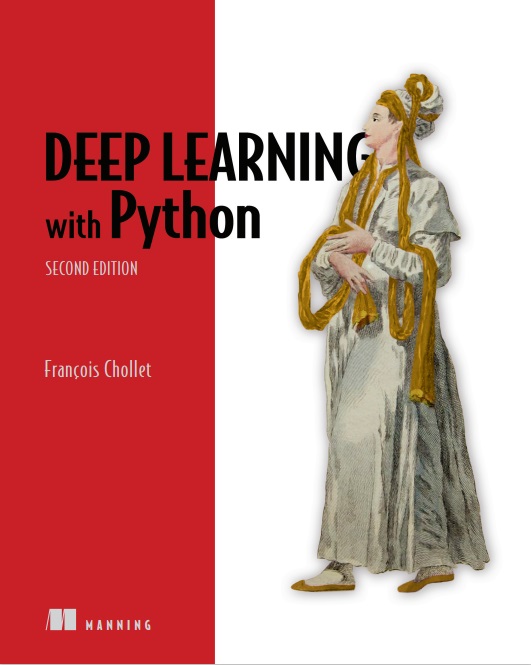
https://www.manning.com/books/deep-learning-with-python-second-edition
LiveBook
Github: Jupyter Notebooks
Chapter 8
Introduction to deep learning for computer vision
This chapter covers:
- Understanding convolutional neural networks
- Using data augmentation to mitigate overfitting
- Using a pretrained convnet to do feature extraction
- Fine-tuning a pretrained convnet
Why Computer Vision is difficult?

How Computer see the above picture?
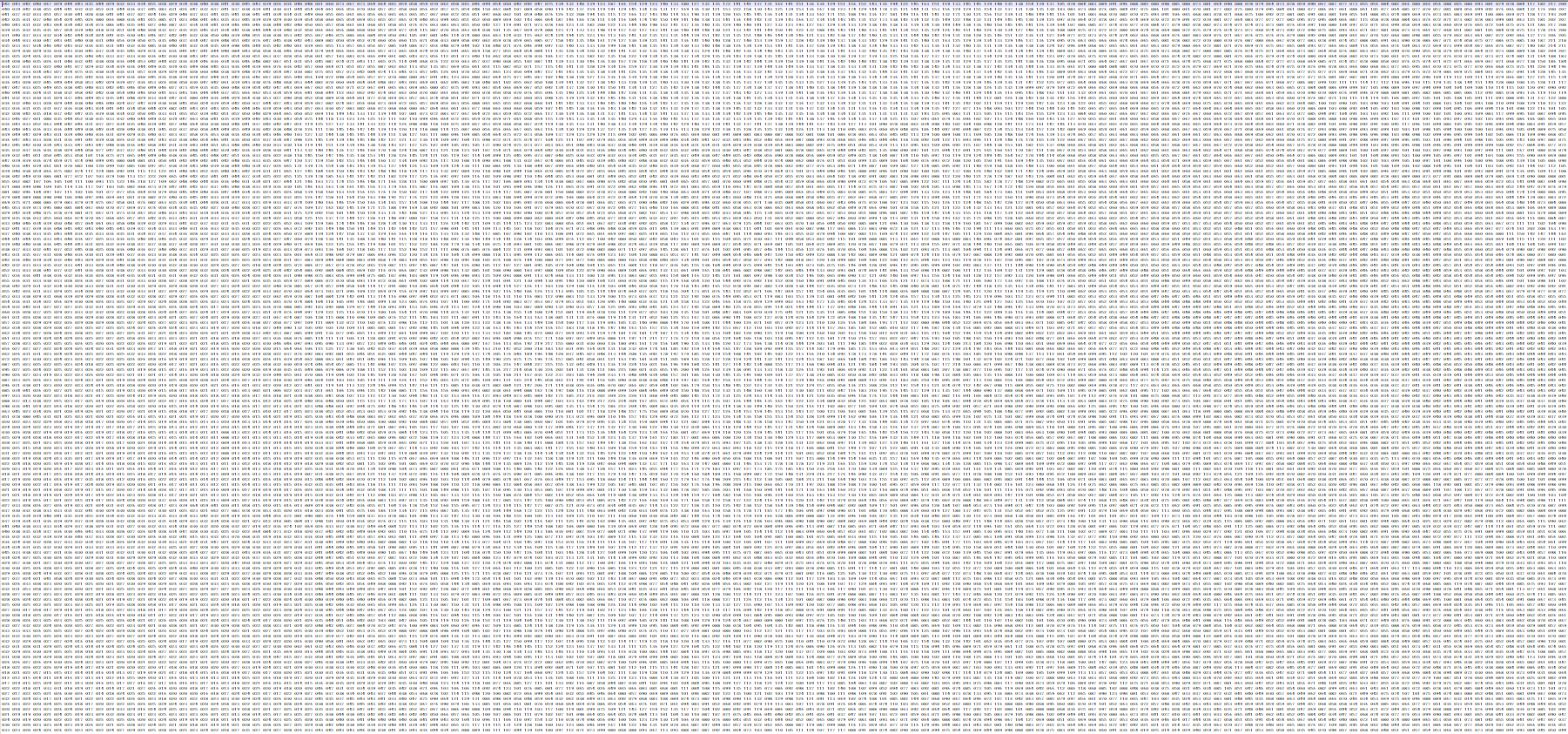
Mathematical definition of Convolution

Source: Wikipedia A good resource: Computational Foundations of Cognitive Science, Lecture 15: Convolutions and Kernels, School of Informatics University of Edinburgh
Convolution as averaging
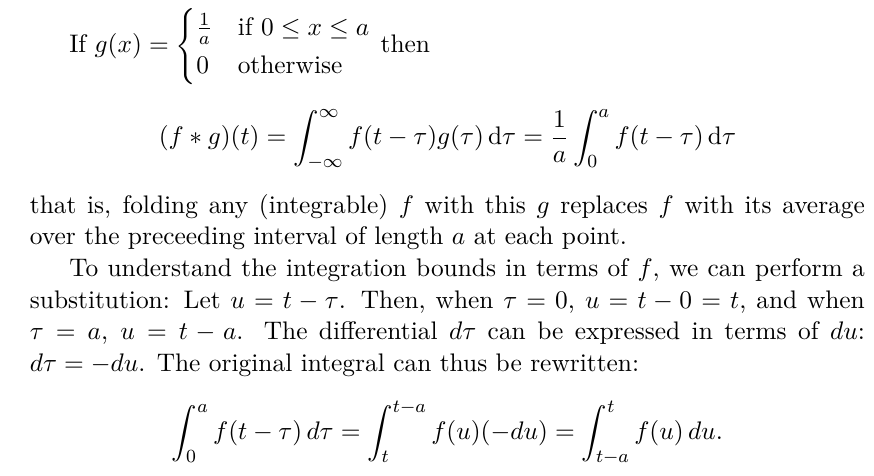
Source: SE
Discrete


Convolution demo
Stat Moving Avergae
Moving AvergaeIn financial applications a simple moving average (SMA) is the unweighted mean of the previous
k data-points.


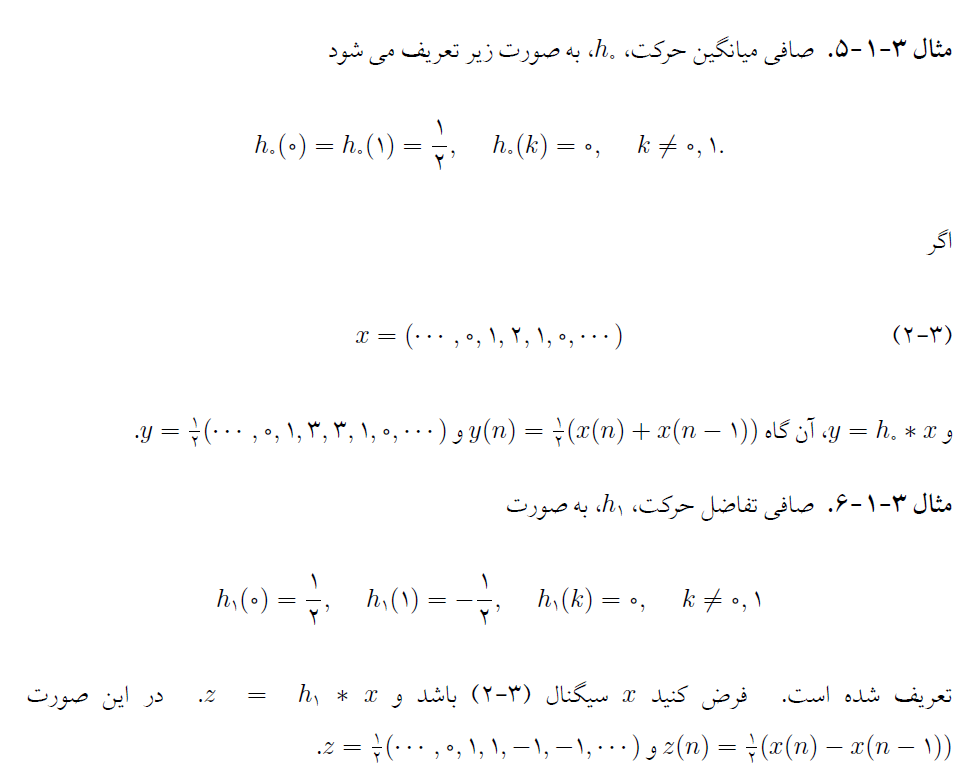
Zahedi, MSc Thesis: Framelet-based image inpainting and data recovery, Page 43
1D Convolution
The last plot in Chap. 4: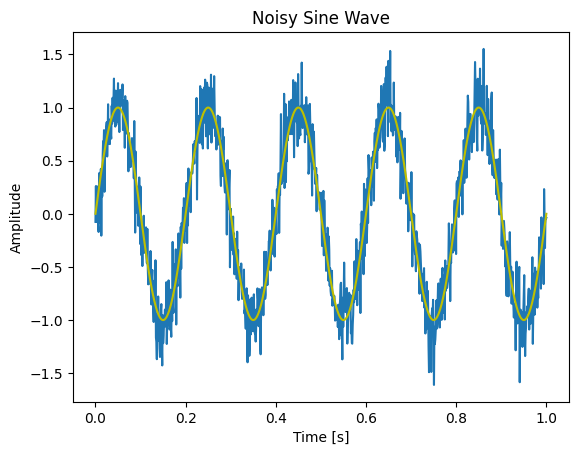
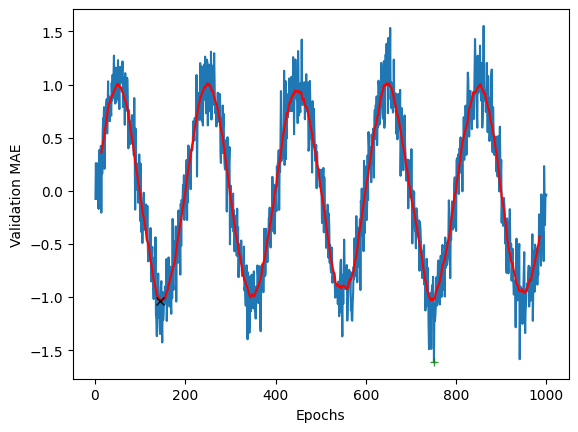
Play with Convs & Filters (PyTorch)
Play with Convs & Filters (TF)
Convolution as Matrix Production
 Computer Vision Algorithms and Applications, Szeliski, Second Edition, 2021, Fig. 3.12, Page
122
Computer Vision Algorithms and Applications, Szeliski, Second Edition, 2021, Fig. 3.12, Page
122
Finding x in min||Ax-b||
Run Python code in Colab |
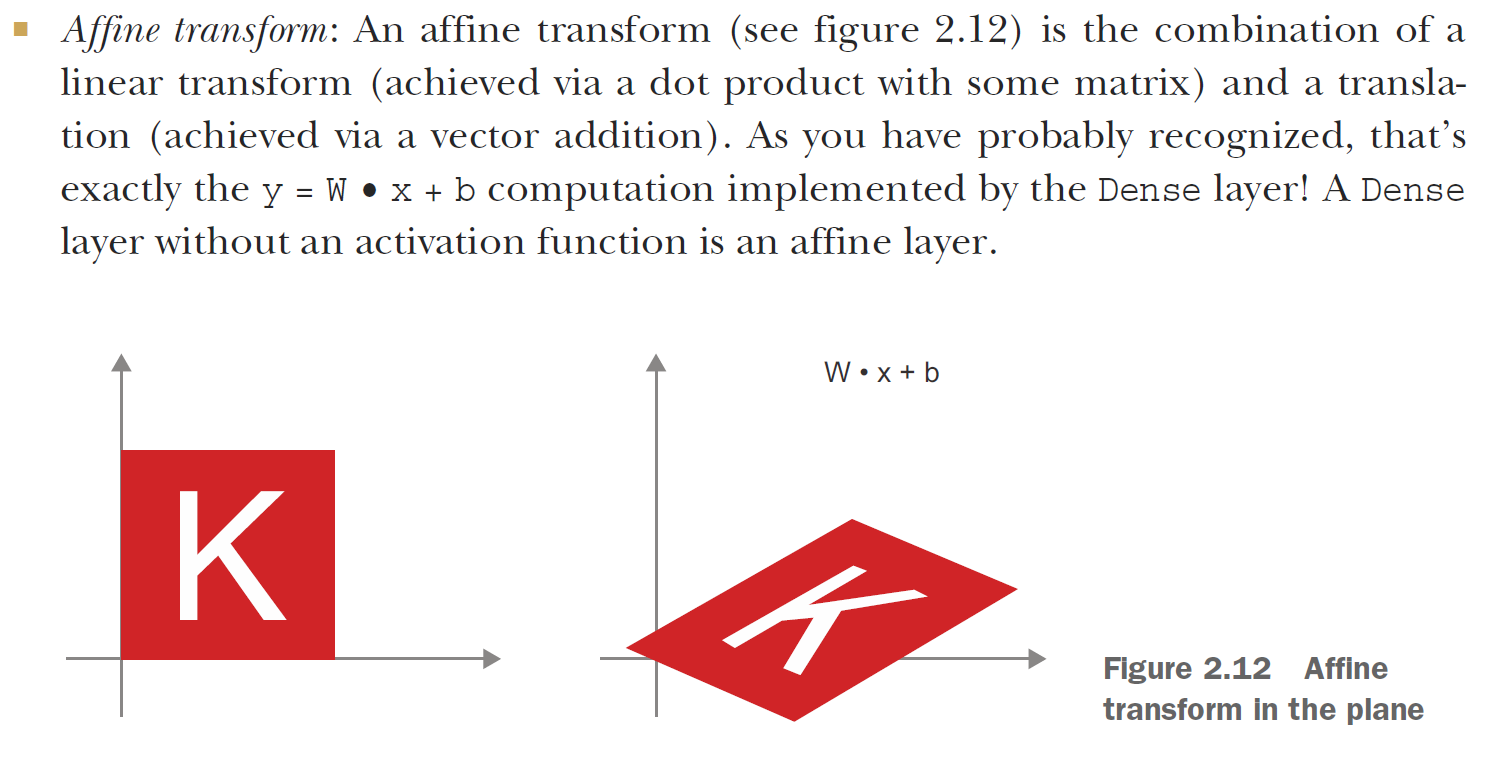 Deep Learning with Python, by François Chollet, Second Edition, 2021, Fig. 2.12
Deep Learning with Python, by François Chollet, Second Edition, 2021, Fig. 2.12
 Deep Learning with Python, by François Chollet, Second Edition, 2021
Deep Learning with Python, by François Chollet, Second Edition, 2021
Differentiation, Inner Product and Convolution
First derivative:
h = [1,-1]
Check online convolution: g*h, when g = [5,8] or h*h
Convolution demo
2D Convolution
One of the edge detection operators is Prewitt filter:
| -1 | 0 | +1 |
| -1 | 0 | +1 |
| -1 | 0 | +1 |
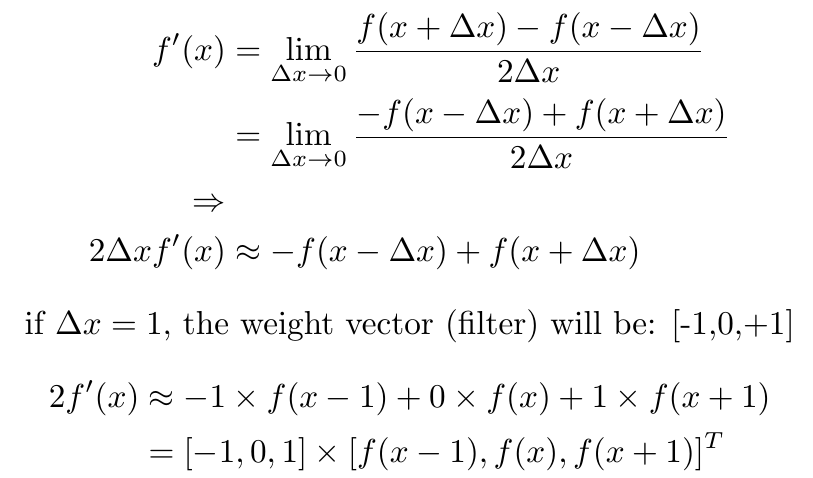
Wiki: Kernel (image_processing)
Sobel Filter
If we define A as the source image, and Gx and Gy are two images which at each point contain the horizontal and vertical derivative approximations respectively, the computations are as follows (source wiki):
See: Convolutions on Images
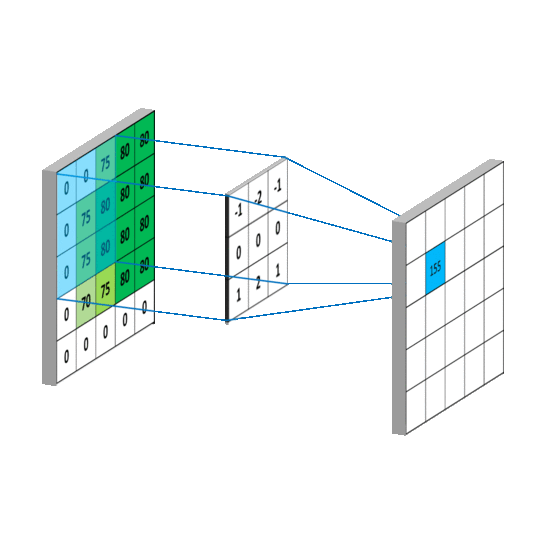
See App_Image.ipynb or Run in Colab
 |
||
 |
 |
 |
Laplacian

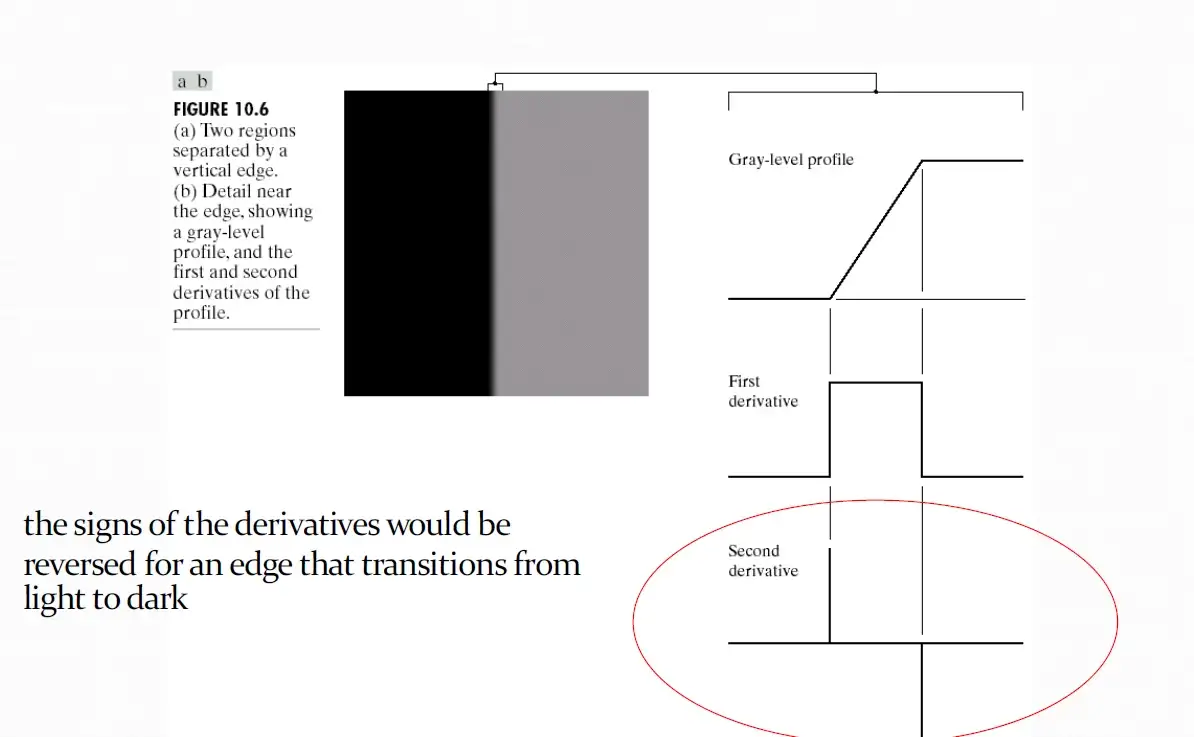
Laplacian
As we saw [-1,0,1] demonstrate Prewitt filter weights, which is a first order derivative; Convolving [-1,0,1] with your image basically computes the difference between the pixel values of the neighboring pixels. You apply 0 to the current pixel, 1 to the pixel on the right and -1 to the pixel on the left. This gives a first order difference:The Laplacian operator looks something like [1, -2, 1]. This computes the difference of differences. To see how, note that [1,-2,1] corresponds to:
(next-current) - (current-previous)
Now notice how this is a diference of differences. (next - current) is like a 1st derivative. (current - previous) is like 1st derivative. Their difference is like a 2nd derivative.
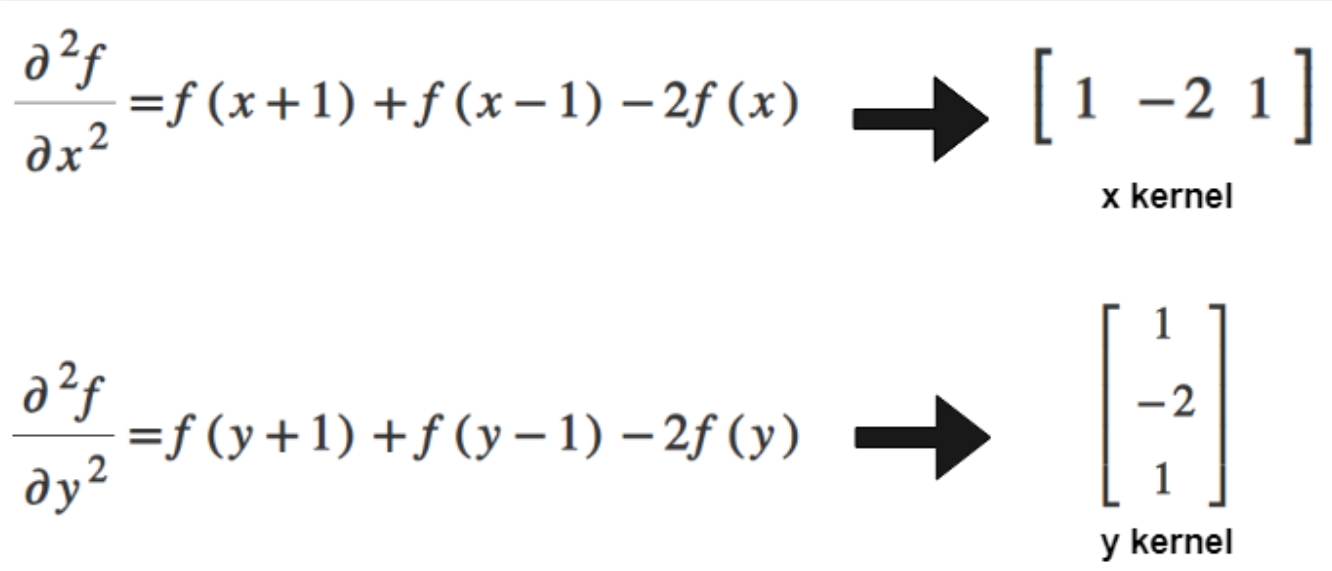
Adding these two kernels:

Laplacian
See App_Image.ipynb |
 |
Classification with CNNs
- English Digit Classification
- Persian Digit Classification
- Classifying Cats vs Dogs
8.1 - Introduction to convnets
MNIST Classification (Included with Keras)
Overall Model:
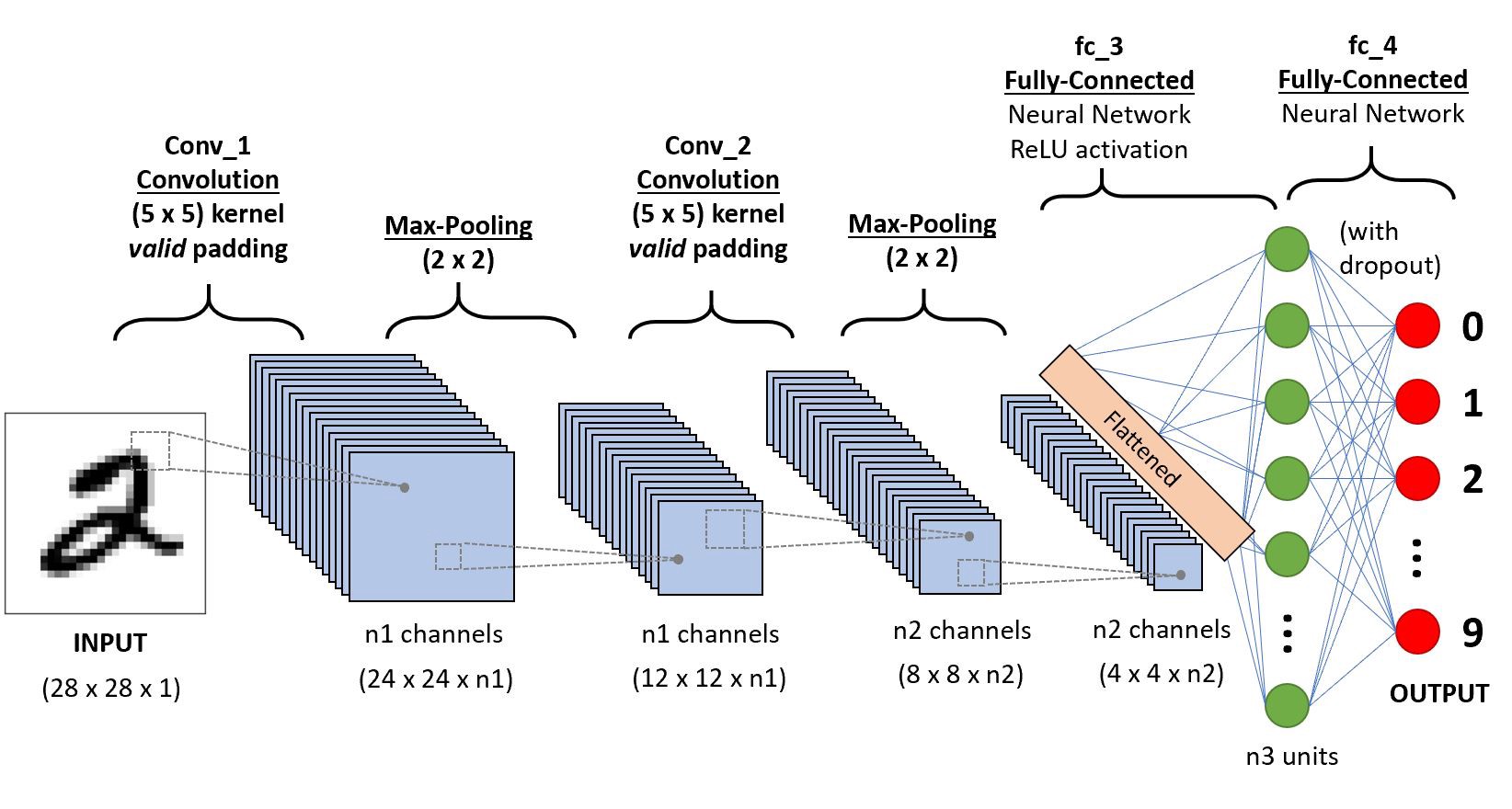
8.1 - Introduction to convnets
MNIST Classification, Sequential Model
from tensorflow import keras
from tensorflow.keras import layers
model = keras.Sequential()
model.add(layers.Conv2D(32, (5, 5), activation='relu', input_shape=(28, 28, 1)))
model.add(layers.MaxPooling2D((2, 2)))
model.add(layers.Conv2D(64, (5, 5), activation='relu'))
model.add(layers.MaxPooling2D((2, 2)))
model.add(layers.Flatten())
model.add(layers.Dense(64, activation='relu'))
model.add(layers.Dense(10, activation='softmax'))
Number of Parameters of Sequential Model
_________________________________________________________________ Layer (type) Output Shape Param # ================================================================= conv2d_6 (Conv2D) (None, 24, 24, 32) 832 max_pooling2d_2 (MaxPoolin (None, 12, 12, 32) 0 g2D) conv2d_7 (Conv2D) (None, 8, 8, 64) 51264 max_pooling2d_3 (MaxPoolin (None, 4, 4, 64) 0 g2D) flatten_2 (Flatten) (None, 1024) 0 dense_2 (Dense) (None, 64) 65600 dense_3 (Dense) (None, 10) 650 ================================================================= Total params: 118346 (462.29 KB) Trainable params: 118346 (462.29 KB) Non-trainable params: 0 (0.00 Byte) _________________________________________________________________
8.1 - Introduction to convnets
MNIST Classification, API Model
from tensorflow import keras
from tensorflow.keras import layers
inputs = keras.Input(shape=(28, 28, 1))
x = layers.Conv2D(filters=32, kernel_size=5, activation="relu")(inputs)
x = layers.MaxPooling2D(pool_size=2)(x)
x = layers.Conv2D(filters=64, kernel_size=5, activation="relu")(x)
x = layers.MaxPooling2D(pool_size=2)(x)
x = layers.Flatten()(x)
x = layers.Dense(64, activation="relu")(x)
outputs = layers.Dense(10, activation="softmax")(x)
model = keras.Model(inputs=inputs, outputs=outputs)
Number of Parameters of API Model
_________________________________________________________________ Layer (type) Output Shape Param # ================================================================= input_4 (InputLayer) [(None, 28, 28, 1)] 0 conv2d_10 (Conv2D) (None, 24, 24, 32) 832 max_pooling2d_6 (MaxPoolin (None, 12, 12, 32) 0 g2D) conv2d_11 (Conv2D) (None, 8, 8, 64) 51264 max_pooling2d_7 (MaxPoolin (None, 4, 4, 64) 0 g2D) flatten_4 (Flatten) (None, 1024) 0 dense_6 (Dense) (None, 64) 65600 dense_7 (Dense) (None, 10) 650 ================================================================= Total params: 118346 (462.29 KB) Trainable params: 118346 (462.29 KB) Non-trainable params: 0 (0.00 Byte) _________________________________________________________________
--
Persian Digits Classification (Not included with Keras)
import keras
from keras import layers
from keras import models
model = models.Sequential()
model.add(layers.Conv2D(32, (3, 3), activation='relu', input_shape=(28, 28, 1)))
model.add(layers.MaxPooling2D((2, 2)))
model.add(layers.Conv2D(64, (3, 3), activation='relu'))
model.add(layers.MaxPooling2D((2, 2)))
model.add(layers.Conv2D(64, (3, 3), activation='relu'))
model.add(layers.Flatten())
model.add(layers.Dense(64, activation='relu'))
model.add(layers.Dense(10, activation='softmax'))
8.2 - Training a convnet from scratch on a small dataset
Classify Dogs vs Cats (Not included with Keras)
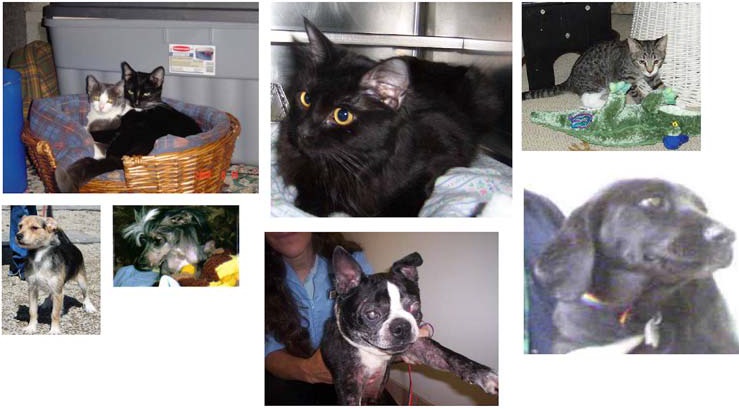
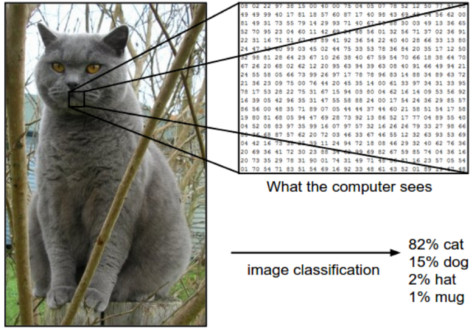
8.2 - Training a convnet from scratch on a small dataset
Classify Dogs vs Cats (Building from scrach)
8.2 - Training a convnet from scratch on a small dataset
Classify Dogs vs Cats (Building from scrach)
model = models.Sequential()
model.add(layers.Conv2D(32, (3, 3), activation='relu',
input_shape=(150, 150, 3)))
model.add(layers.MaxPooling2D((2, 2)))
model.add(layers.Conv2D(64, (3, 3), activation='relu'))
model.add(layers.MaxPooling2D((2, 2)))
model.add(layers.Conv2D(128, (3, 3), activation='relu'))
model.add(layers.MaxPooling2D((2, 2)))
model.add(layers.Conv2D(128, (3, 3), activation='relu'))
model.add(layers.MaxPooling2D((2, 2)))
model.add(layers.Flatten())
model.add(layers.Dense(512, activation='relu'))
model.add(layers.Dense(1, activation='sigmoid'))
LeNet, AlexNet, VGGNet, GoogLeNet, ResNet, ZFNet
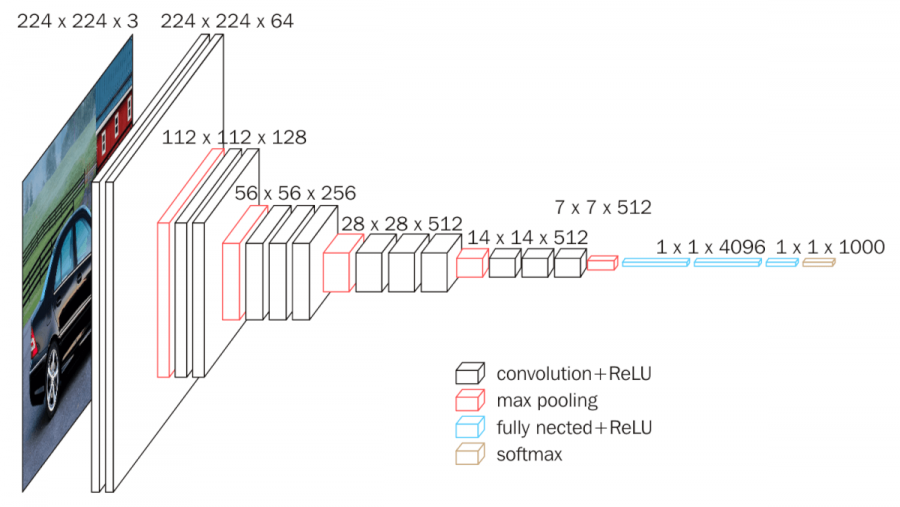
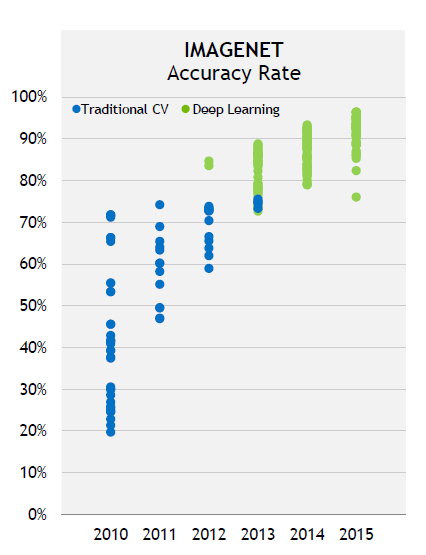
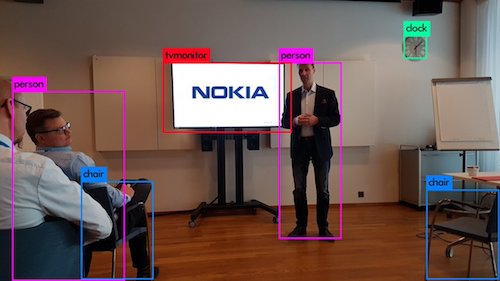
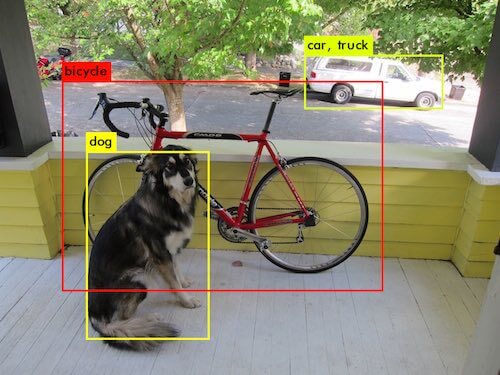
.jpg)
.jpg)
.jpg)
- Questions? -
m.amintoosi @ gmail.com
webpage : http://mamintoosi.ir
webpage in github : http://mamintoosi.github.io
github : mamintoosi